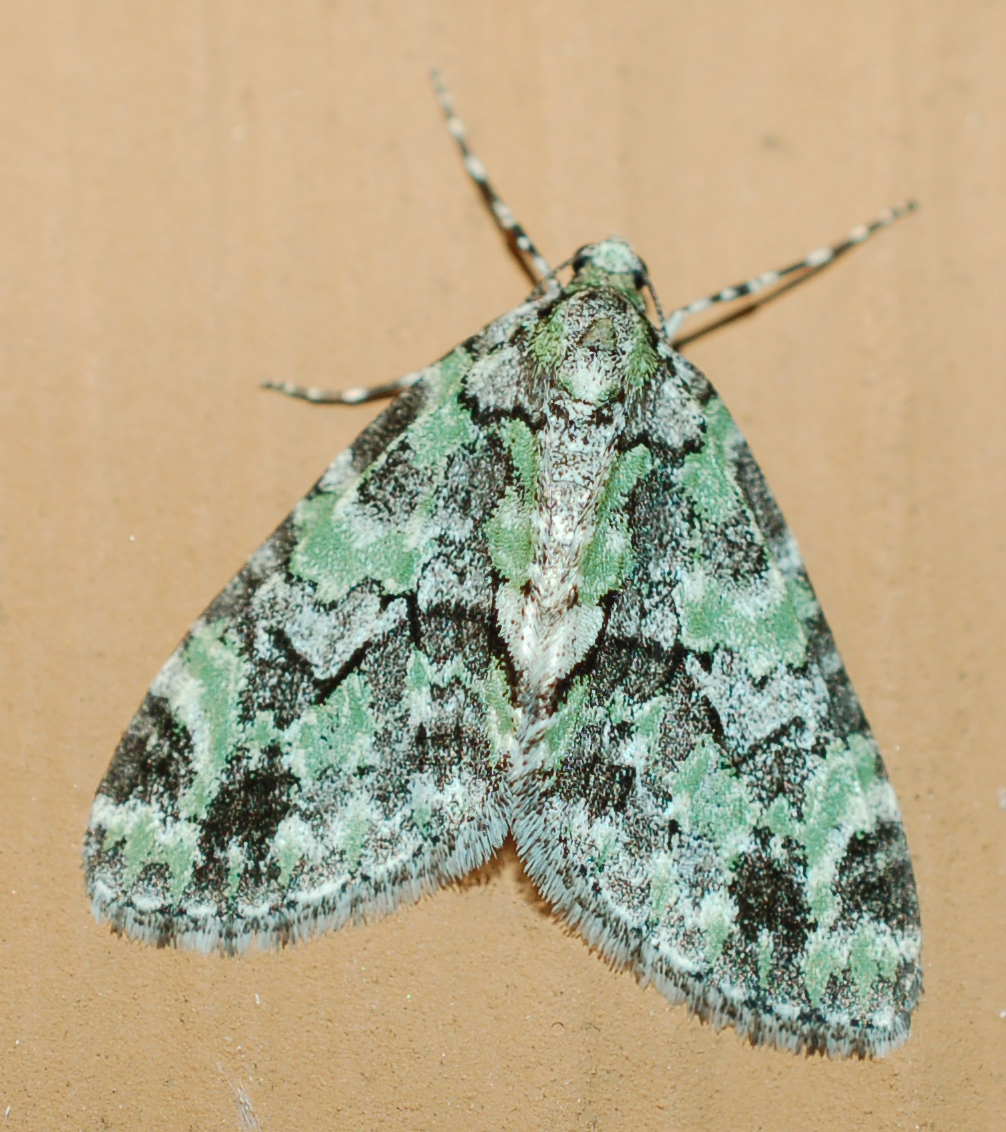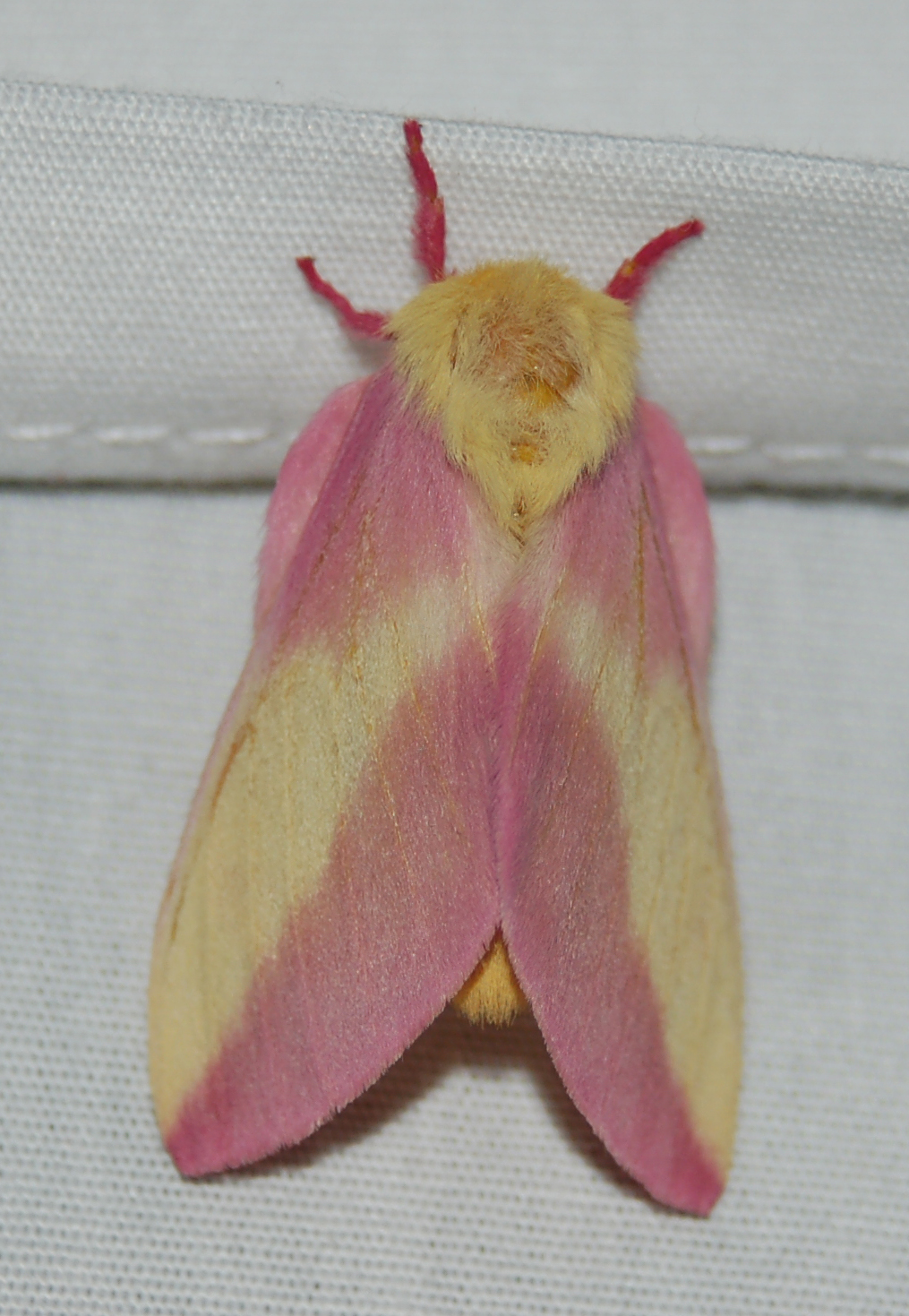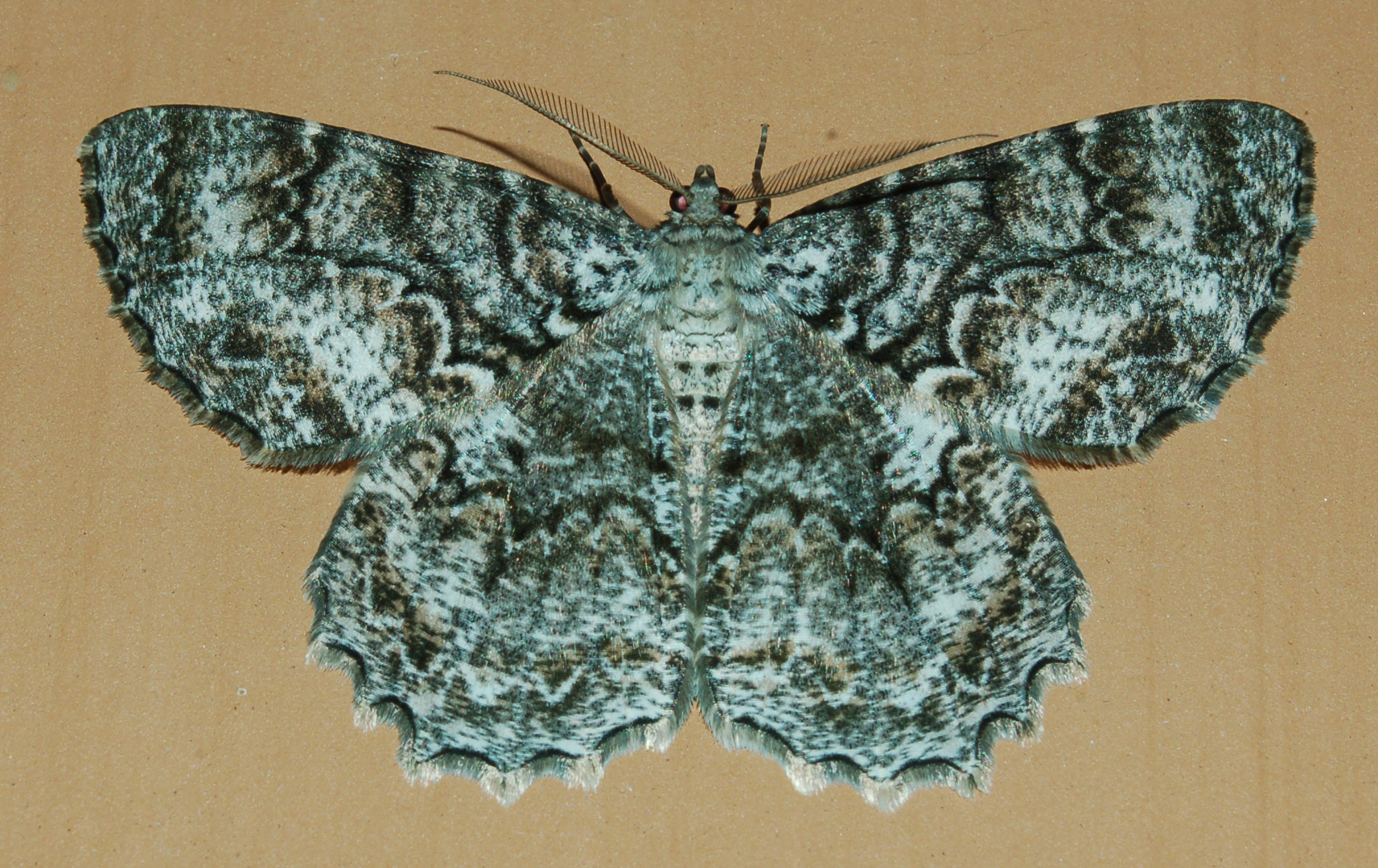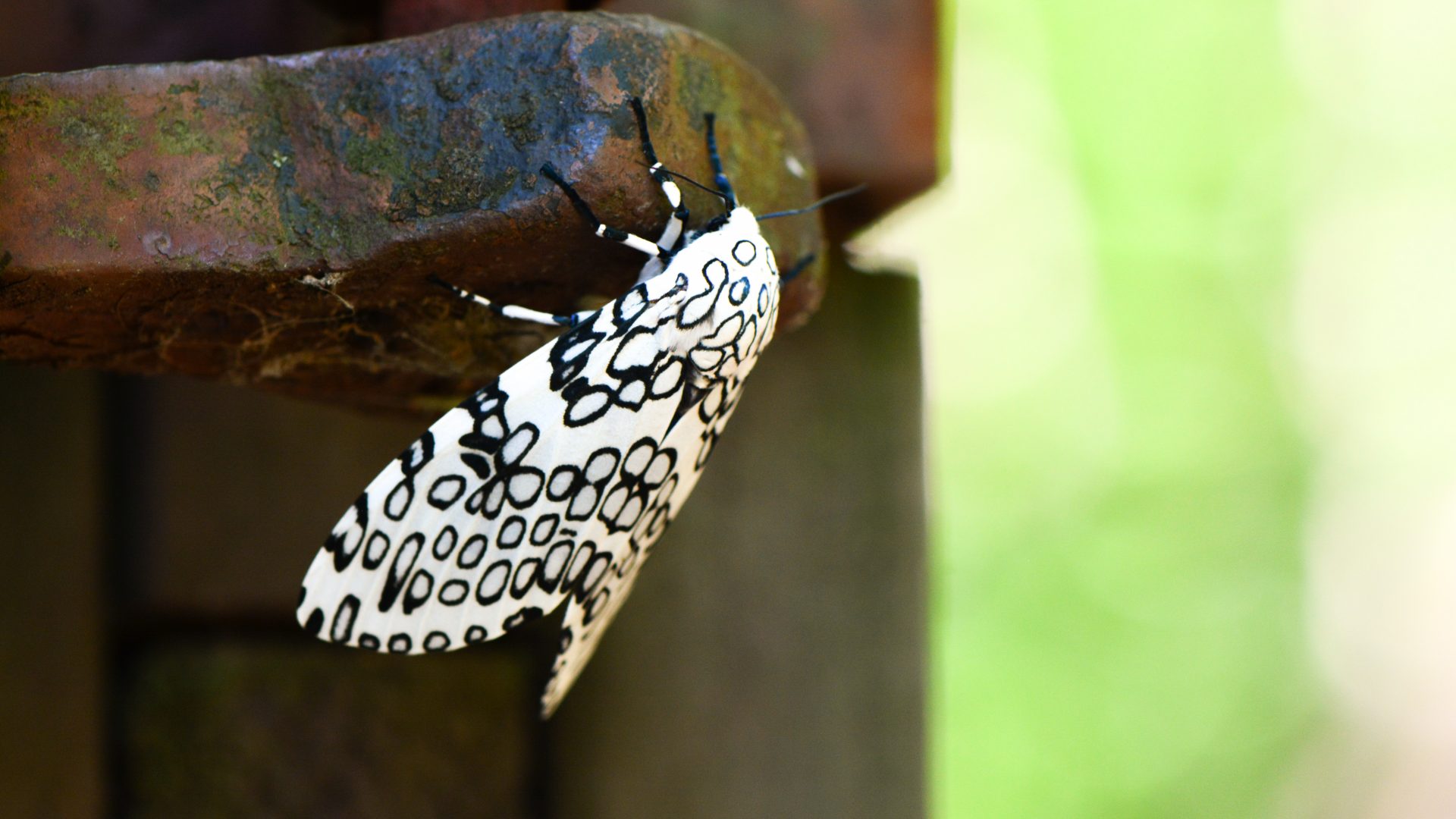Moths don’t get as much attention as butterflies and wildlife biologists for the West Virginia Division of Natural Resources are trying to change that by collecting data and researching these winged insects and their habitats.
One of the ways DNR biologists are doing this is by determining how many species of moths actually live in West Virginia. After a few years of research, DNR biologists quickly found out the Mountain State has an incredibly diverse population of moths.
“We have documented something like 800 different species of moths in West Virginia and we suspect there as many as 2,000 out there,” said Susan Olcott, lepidoptera and pollinator conservation project leader for the DNR.
Counting West Virginia’s moths is still a work in progress, but a lot of progress has been made in the last few years. The count began in earnest when DNR biologists started work on a Lepidoptera Atlas in 2012. Originally, the atlas was supposed to include moths and butterflies, but DNR biologists had to shift focus to butterflies once they realized just how many moths live in West Virginia.
“We still tracked data on some moth species and had a lot of help from about 100 volunteers who helped us build a database with photos,” Olcott said, adding that information from West Virginia’s Lepidoptera Atlas should be available to the public at www.wvdnr.gov in the future.

Cladara limitaria, also known as the mottled gray carpet moth. 
Dryocampa rubicunda, also known as the rosy maple moth. 
Epimecis hortaria, also known as the tulip tree beauty.
A Misunderstood Insect
When most people think of pollinators, they imagine butterflies in a field. Moths, on the other hand, have a reputation of swarming porch lights on a hot summer evening.
“Folks don’t realize it, but butterflies are just glorified moths,” Olcott said.
Moths, like butterflies, are lepidopterans, an order of insect that includes 180,000 species worldwide. They have scaly wings, a proboscis, hairy bodies and go through metamorphosis. They’re also known for being some of the most important pollinators in the world.
While moths and butterflies belong to the same order of insect, there are several physical and behavioral differences between the two.
“Just look at the antennae,” Olcott said. “For moths, they look like a feather or a thread or spindle that’s narrower at the base. Butterflies always have thin antennae with a knob at the end.”
Moths also are furrier and mostly come in subtle shades of grays and browns, while butterflies are more delicate in size and vibrant in color. But their differences go beyond appearance. Moths are mostly nocturnal and butterflies are active during the day. Butterflies often fold their wings above their back when they’re resting, while moths flatten their wings against their bodies or spread them out. During the pupal stage, moths often spin silk cocoons around their pupa while butterflies form chrysalises.
West Virginia’s moths are most active during the summer when it’s warm and humid, but can be found in the spring and fall and even at higher elevations where the temperature is colder.
As for finding what kinds of moths live in your community, all you need to do is to head outside when it’s dark, turn a light on and wait.




